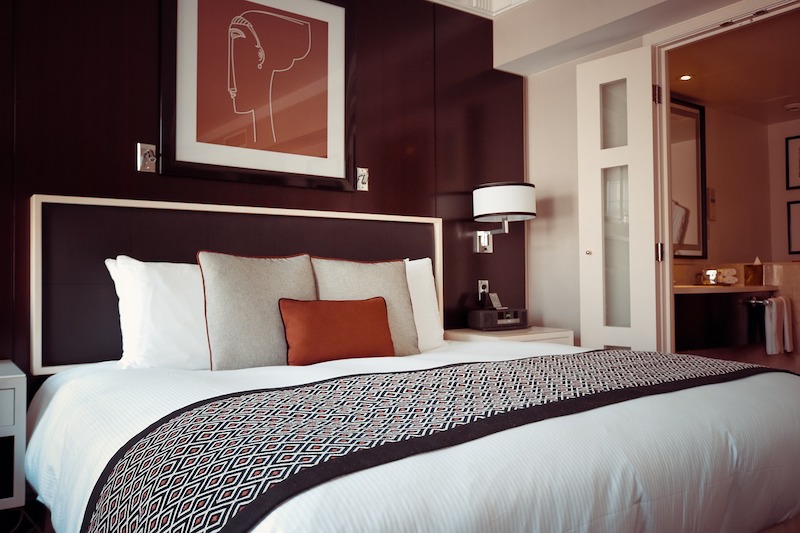In the recently released quarterly United States Construction Pipeline Trend Report from Lodging Econometrics (LE), the franchise companies with the largest construction pipelines at the end of the second quarter of 2020 are Marriott International with 1,487 projects/195,952 rooms, followed by Hilton Worldwide with 1,395 projects/160,078 rooms, and InterContinental Hotels Group (IHG) with 920 projects/94,499 rooms. Combined these three companies account for 68% of the projects in the total pipeline; roughly the same percentage as the Q1’20 close.
Hilton’s Home2 Suites and IHG’s Holiday Inn Express continue to be the most prominent brands in the U.S. pipeline with 415 projects/43,336 rooms and 371 projects/35,539 rooms, respectively. Hampton by Hilton follows with 304 projects/31,365 rooms and then Marriott’s Fairfield Inn with 302 projects/29,251 rooms. These four brands combined represent an impressive 25% of the projects in the total pipeline.
Other notable brands in the pipeline for each of these franchise companies are Tru by Hilton with 298 projects/28,863 rooms; Marriott’s Residence Inn with 208 projects/25,520 rooms, SpringHill Suites with 184 projects/20,842 rooms, and TownePlace Suites with 207 projects/20,802 rooms; and then IHG’s Avid Hotel with 189 projects/17,090 rooms.
In the second quarter of 2020, LE recorded 580 conversion projects/66,852 rooms. Of these conversion totals, Best Western dominates with 150 conversion projects/13,482 rooms, alone claiming 25% of the conversion pipeline by projects. Following Best Western is Marriott with 79 projects/13,721 rooms, Hilton has 69 projects/11,279 rooms, and IHG recorded 50 projects/5,382 rooms. Best Western and these three franchise companies combined account for 66% of all the rooms in the conversion pipeline across the United States.
In the first half of 2020, 313 new hotels with 36,992 rooms opened across the United States. Of those openings, Marriott, Hilton and IHG collectively opened 69% of the hotels. Marriott opened 90 hotels 11,036 rooms, Hilton opened 82 hotels/8,728 rooms, and IHG opened 44 hotels/4,190 rooms.
Related Stories
Senior Living Design | May 9, 2017
Designing for a future of limited mobility
There is an accessibility challenge facing the U.S. An estimated 1 in 5 people will be aged 65 or older by 2040.
Industry Research | May 4, 2017
How your AEC firm can go from the shortlist to winning new business
Here are four key lessons to help you close more business.
Engineers | May 3, 2017
At first buoyed by Trump election, U.S. engineers now less optimistic about markets, new survey shows
The first quarter 2017 (Q1/17) of ACEC’s Engineering Business Index (EBI) dipped slightly (0.5 points) to 66.0.
Market Data | May 2, 2017
Nonresidential Spending loses steam after strong start to year
Spending in the segment totaled $708.6 billion on a seasonally adjusted, annualized basis.
Market Data | May 1, 2017
Nonresidential Fixed Investment surges despite sluggish economic in first quarter
Real gross domestic product (GDP) expanded 0.7 percent on a seasonally adjusted annualized rate during the first three months of the year.
Industry Research | Apr 28, 2017
A/E Industry lacks planning, but still spending large on hiring
The average 200-person A/E Firm is spending $200,000 on hiring, and not budgeting at all.
Market Data | Apr 19, 2017
Architecture Billings Index continues to strengthen
Balanced growth results in billings gains in all regions.
Market Data | Apr 13, 2017
2016’s top 10 states for commercial development
Three new states creep into the top 10 while first and second place remain unchanged.
Market Data | Apr 6, 2017
Architecture marketing: 5 tools to measure success
We’ve identified five architecture marketing tools that will help your firm evaluate if it’s on the track to more leads, higher growth, and broader brand visibility.
Market Data | Apr 3, 2017
Public nonresidential construction spending rebounds; overall spending unchanged in February
The segment totaled $701.9 billion on a seasonally adjusted annualized rate for the month, marking the seventh consecutive month in which nonresidential spending sat above the $700 billion threshold.

















